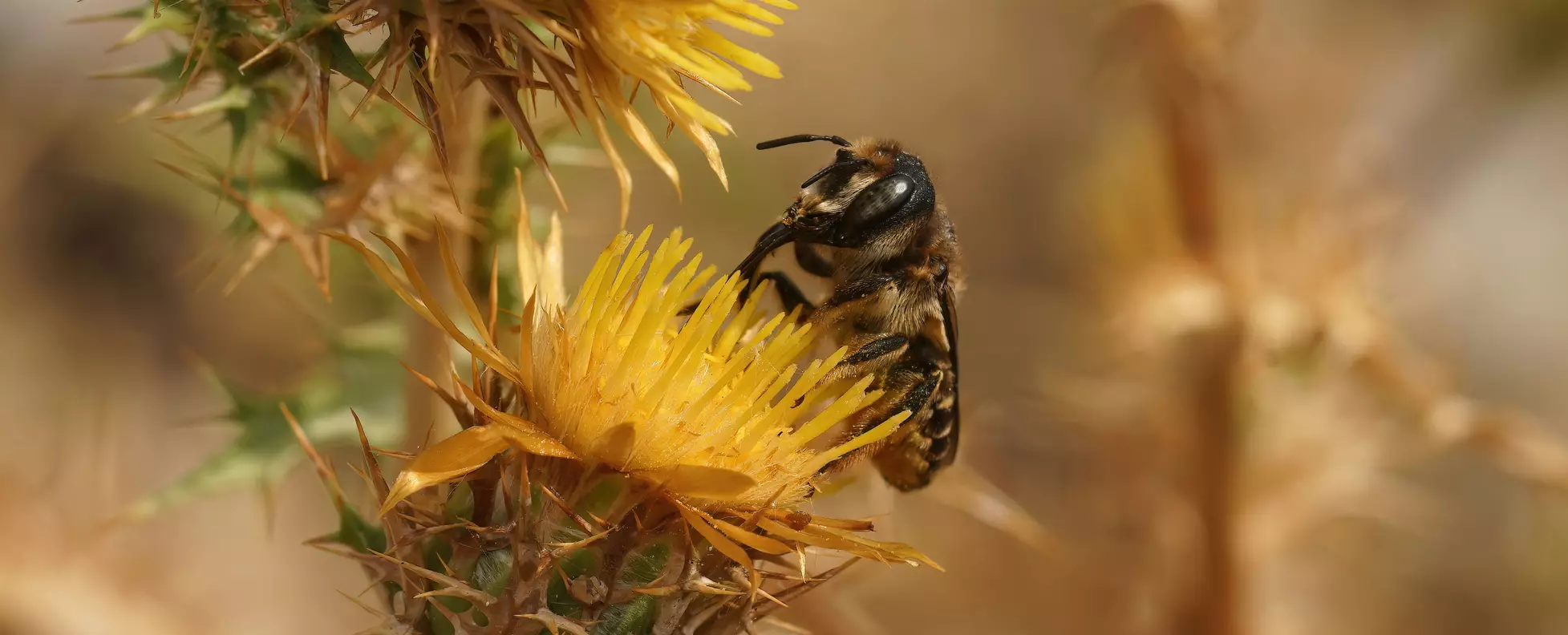Flowering is a crucial event in the life cycle of plants, as it marks the beginning of reproduction. Environmental cues play a significant role in triggering flowering, with changes in temperature, nutrients, and water being key factors. As a result of these environmental cues, the flora in Doñana National Park in Spain is experiencing changes in its flowering patterns.
Researchers from the University of Seville in Spain and Brazil’s São Paulo State University have been monitoring the flowering patterns of 51 species of shrubs, bushes, and trees in Doñana National Park for over 35 years. The data collected shows that the peak flowering time of these plants is arriving earlier each year, with a shift of up to 22 days compared to the 1980s records. This change is attributed to the increase in average temperatures, with a rise of just one degree Celsius resulting in significant alterations in the biological rhythms of the flora.
The study of biological phenomena, known as phenology, focuses on the timing of events in biological life cycles. The shifting flowering times in Doñana National Park are considered a result of climate change, as the increase in temperatures has disrupted the natural phenological cycles of the plants. The implications of these changes extend beyond the park itself, as the ecosystem serves as a crucial stopover location for migratory bird species traveling between Europe and Africa.
Impacts on Plant-Pollinator Interactions
The earlier flowering times of the plants in Doñana National Park have implications for plant-pollinator interactions. Nearly all the species studied rely on insect pollination for reproduction, and the change in flowering times could disrupt this crucial ecological relationship. With many insect-pollinated species now competing for attention due to overlapping flowering times, there is a risk of overcrowding and reduced pollination success. However, some species have shifted their flowering times away from potential competitors, indicating a potential adaptation to the changing environment.
Long-Term Monitoring and Climate Change
Long-term monitoring of natural environments is essential to understand the impacts of climate change on biodiversity. Studies like the one conducted in Doñana National Park provide valuable insights into how plant communities are responding to changing environmental conditions. By leveraging decades of data, researchers can assess the extent of the impact climate change is already having on life on Earth.
The shift in flowering times observed in Doñana National Park serves as a stark reminder of the profound impact of climate change on ecosystems. As temperatures continue to rise, it is crucial to monitor and study these changes to inform conservation efforts and mitigate the effects of climate change on biodiversity. The flora and fauna in Doñana National Park are indicators of broader ecological shifts, highlighting the interconnectedness of species and the environment.


Leave a Reply